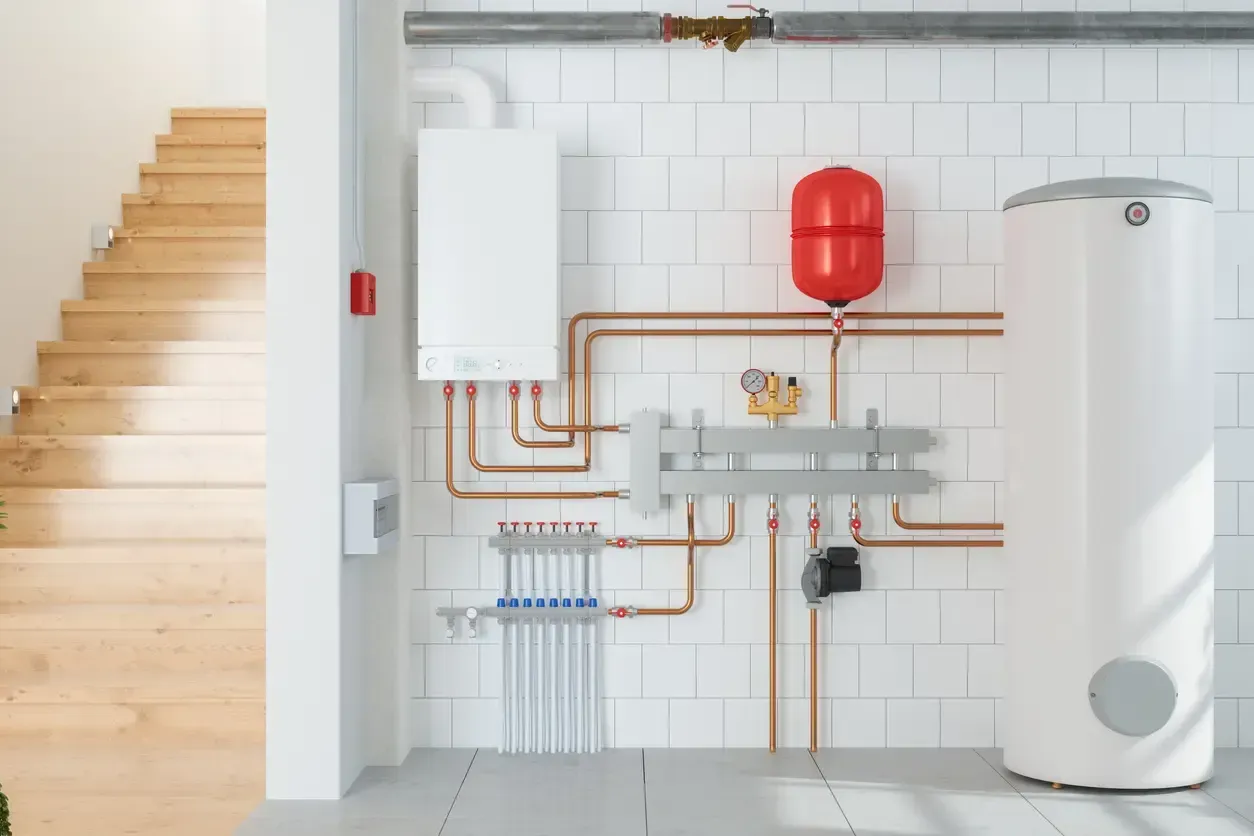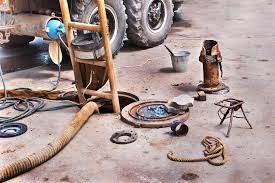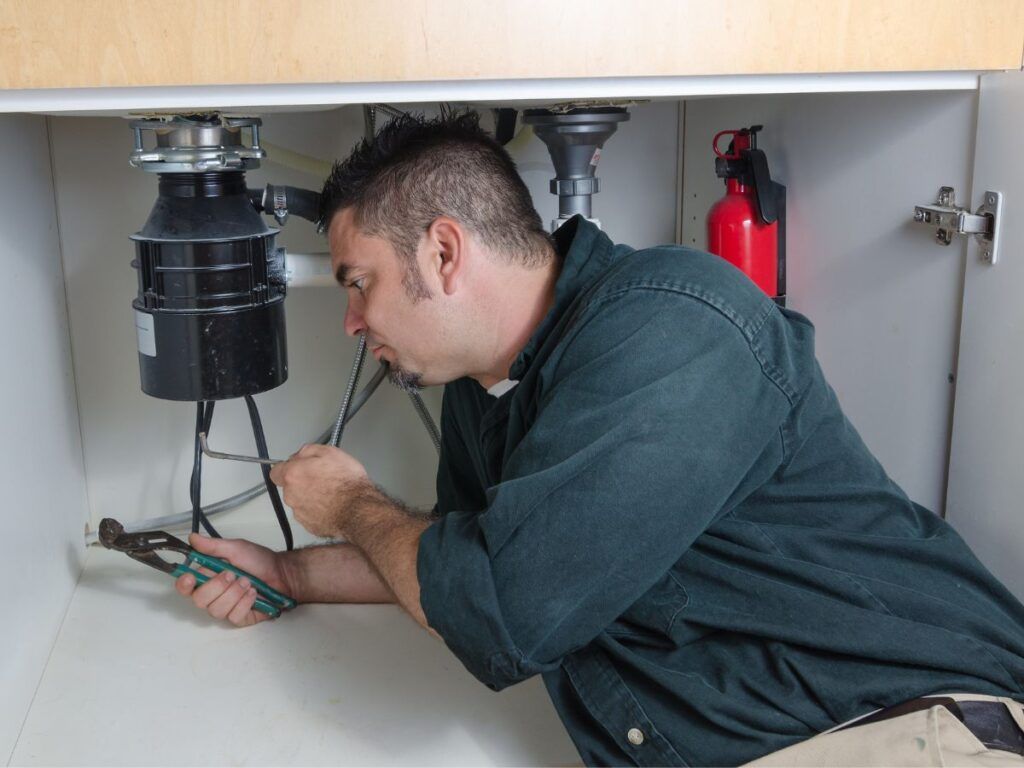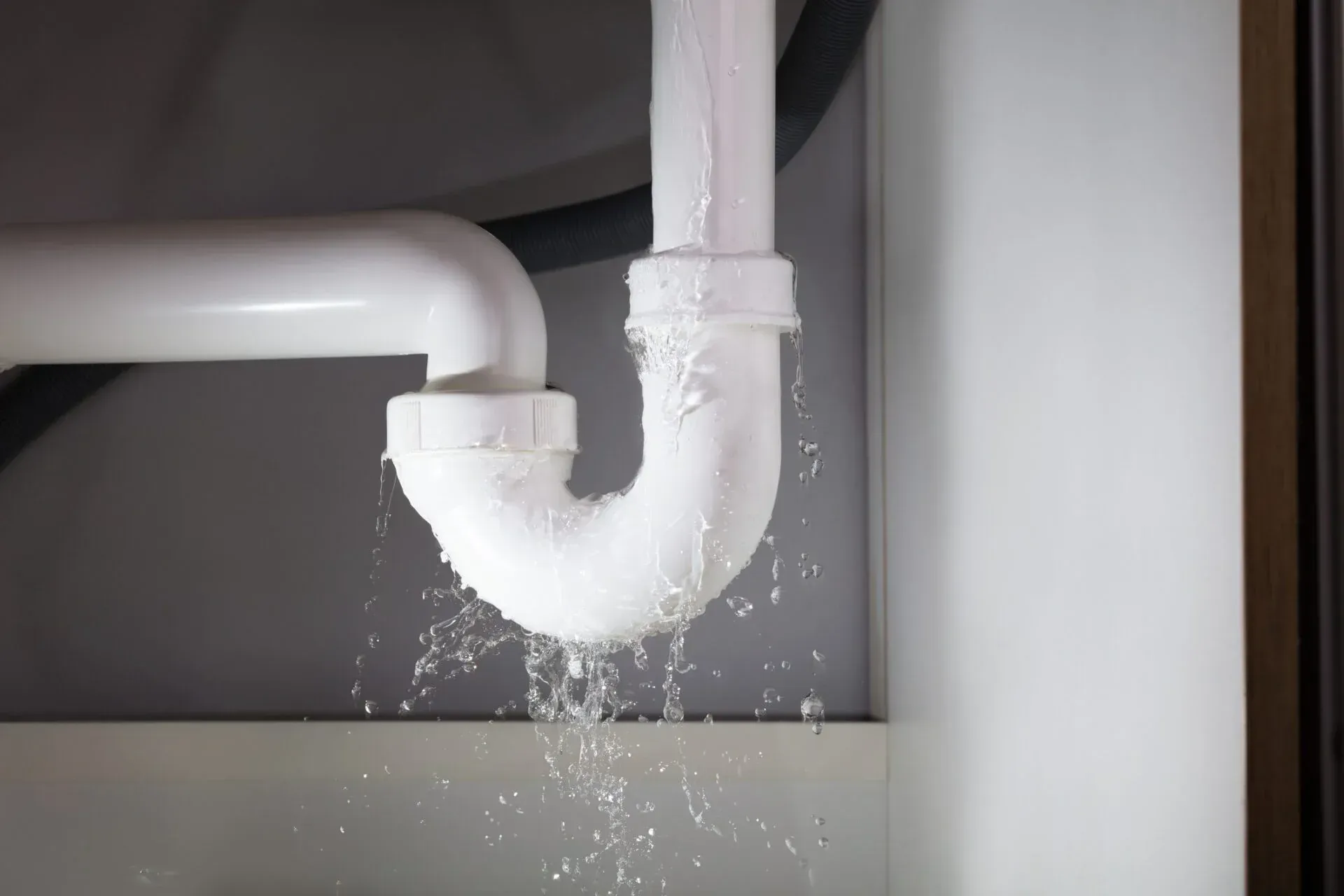How Do I Fix a Leaky Pipe Without Replacing It?
A leaking pipe is more than just an inconvenience—it can lead to water damage, mold growth, and increased utility bills. Pipes can leak for various reasons, including corrosion, high water pressure, loose connections, or physical damage. Before attempting a fix, it is crucial to identify the source and severity of the leak to determine the best approach.
What Does It Mean When Water Backs Up Into The Bathtub
Common Causes of Pipe Leaks
Corrosion Over Time
Pipes, especially those made of metal, can corrode over time due to prolonged exposure to water and minerals. This weakens the pipe structure, leading to small cracks and leaks.
High Water Pressure
Excessive water pressure puts stress on pipes, causing joints to loosen and even small fractures to form. If left unaddressed, this can lead to more severe leaks.
Loose or Damaged Fittings
Fittings and connections are common points of leakage, particularly in older plumbing systems. Over time, the seals may wear out, or fittings may become loose due to vibrations and temperature changes.
Physical Damage or External Force
Pipes can also develop leaks due to accidental impacts, such as nails puncturing hidden pipes during renovations or shifting foundations that strain the plumbing system.
Step-by-Step Solutions to Fix a Leaky Pipe Without Replacing It
Step 1: Identify the Leak Location
The first step is to locate the leak by inspecting the pipe visually or running a dry cloth along it to detect moisture. If necessary, turn off the water supply to prevent further damage.
Step 2: Use Pipe Epoxy or Putty for Small Leaks
For minor leaks, an epoxy compound or plumber’s putty can provide a temporary seal. Simply apply the putty to the affected area and let it cure as per the manufacturer’s instructions. This method works well for pinhole leaks or small cracks.
Step 3: Apply a Pipe Clamp or Rubber Patch
If the leak is more significant, a rubber patch combined with a hose clamp can create a strong seal. Wrap the rubber patch around the leak and secure it tightly with the clamp to prevent water from escaping.
Step 4: Use a Pipe Repair Tape
Self-fusing silicone tape or waterproof pipe tape can be wrapped around the leaking area to create a watertight seal. This is an effective solution for emergency repairs.
Step 5: Install a Slip Coupling or Pipe Sleeve
For more substantial leaks, a slip coupling or pipe sleeve can be placed over the damaged section. These fittings are designed to reinforce weak areas and can be a long-term solution.
Risks of Temporary Pipe Repairs
While these fixes can stop leaks in the short term, they may not be permanent solutions. Delaying a proper repair or replacement can lead to worsening damage, mold growth, and higher repair costs down the line. Regularly monitor the patched area and plan for a professional repair if necessary.
Expert Recommendations
Plumbers recommend addressing leaks as soon as they are detected to prevent structural damage and wasted water. If a pipe continues to leak despite temporary fixes, it may be best to consult a professional for a more permanent solution.
Preventive Measures to Avoid Future Leaks
Regular Inspections and Maintenance
Checking pipes for signs of wear and tear can help catch leaks before they worsen. Look for moisture, rust, or loose fittings during routine inspections.
Reduce Water Pressure
Installing a pressure regulator can help maintain a safe water pressure level, reducing stress on pipes and preventing leaks.
Insulate Pipes in Cold Weather
In colder climates, insulating pipes can prevent freezing and expansion, which often leads to cracks and leaks.
Address Corrosion Early
If corrosion is detected, replacing the affected sections before leaks develop can save time and money.4
Conclusion: Fixing a Leak Without Replacement
A leaking pipe doesn’t always require a full replacement. With the right approach and tools, you can effectively seal leaks and extend the life of your plumbing system. However, it’s essential to monitor repairs closely and seek professional help when necessary to ensure long-term functionality.








